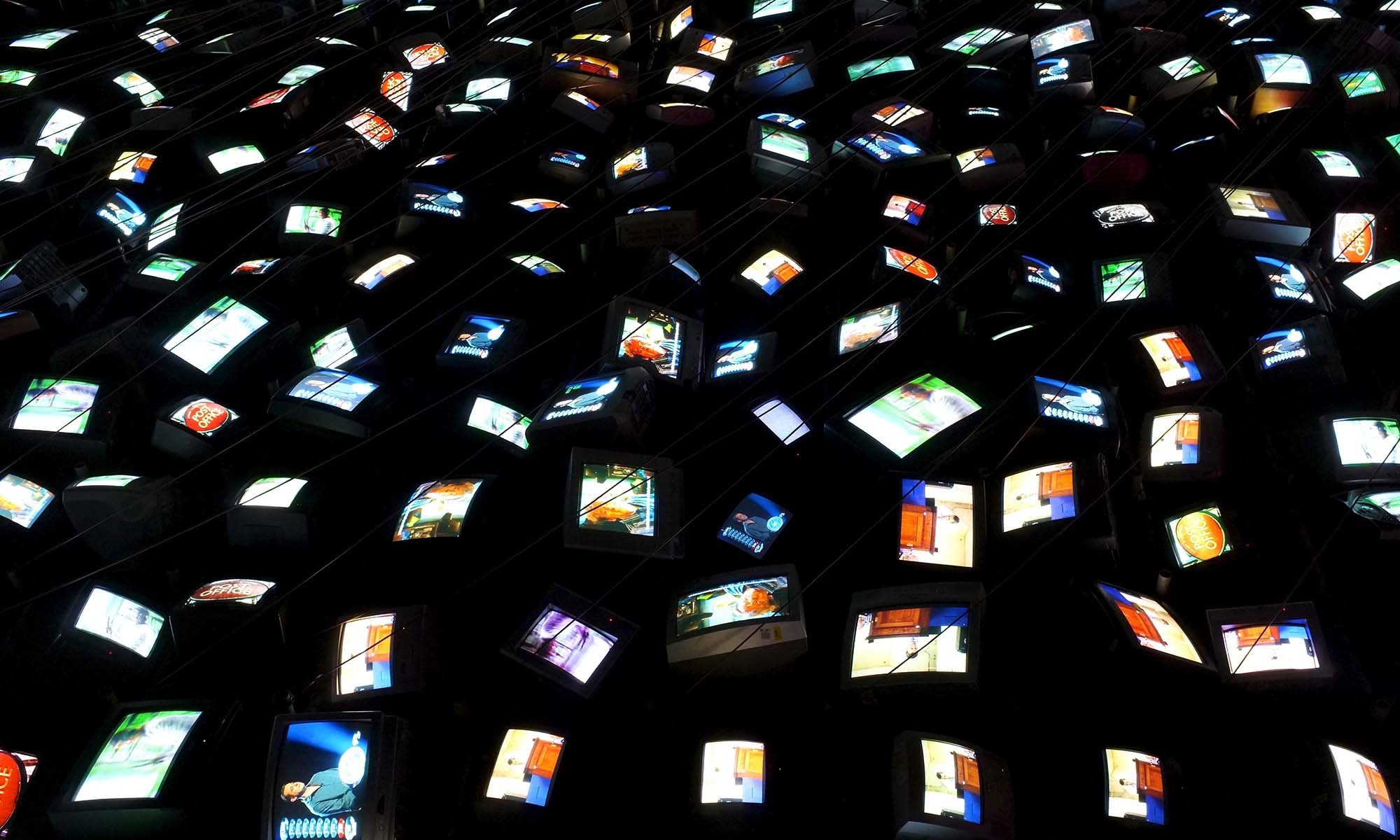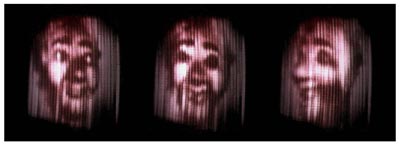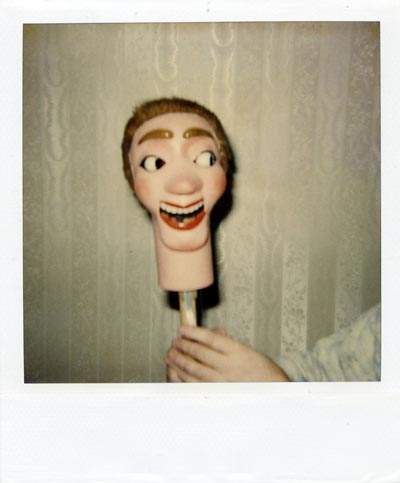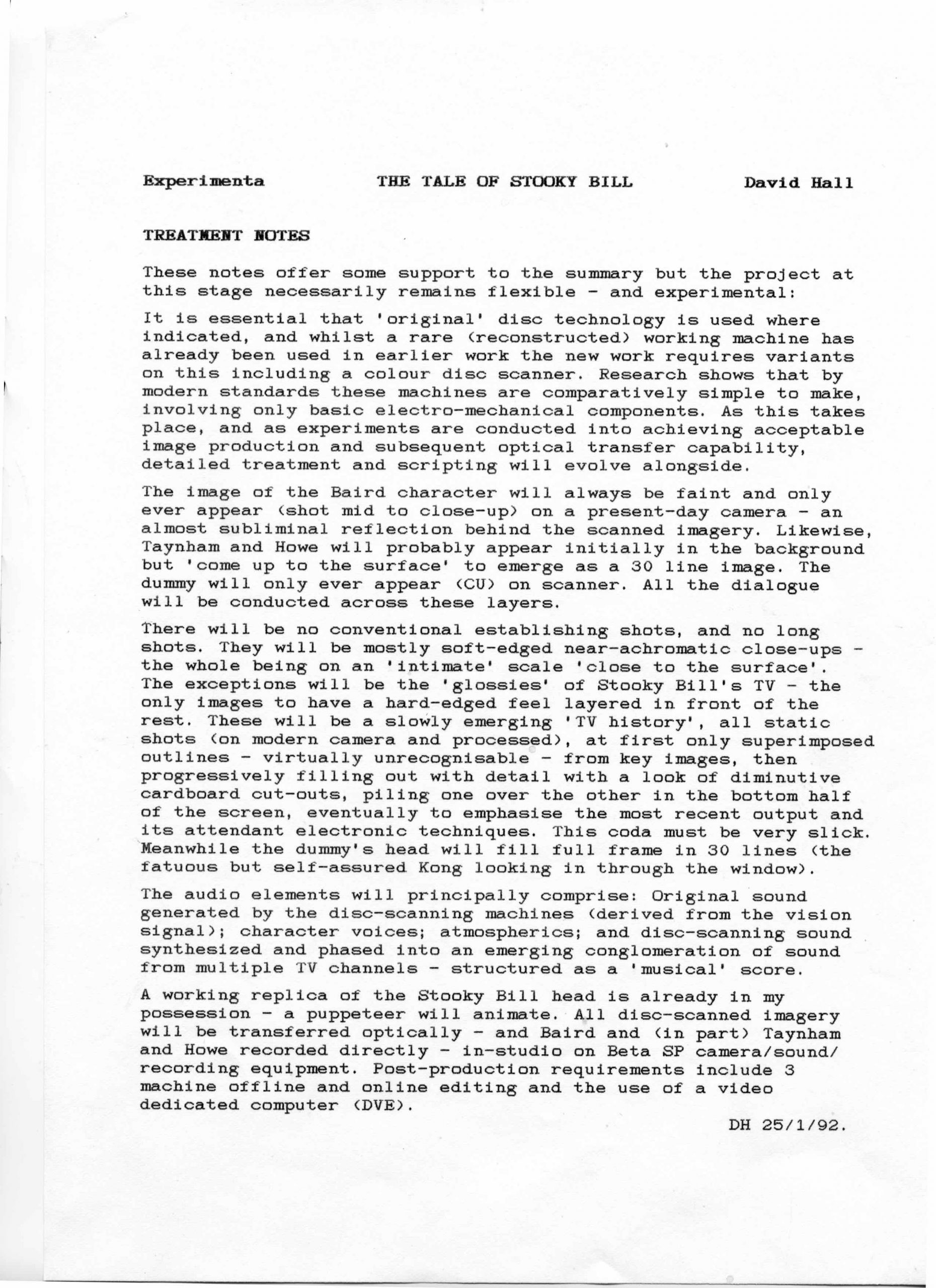Stooky Bill TV
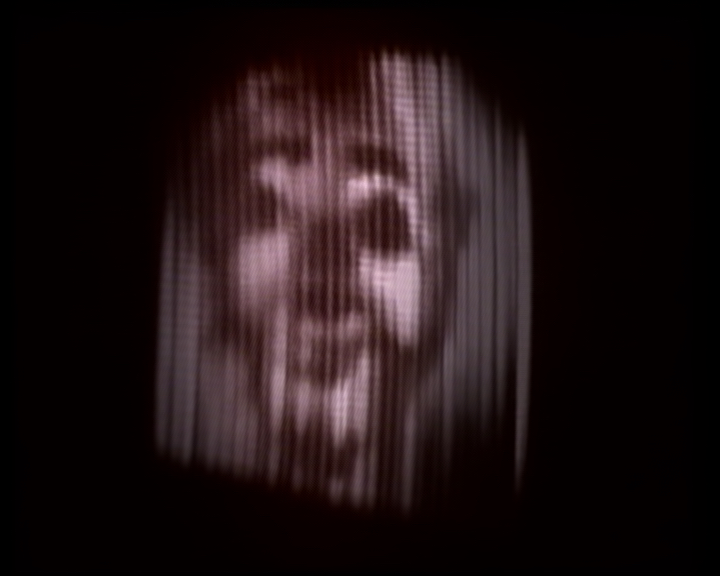
Contributor(s):
-
This work is part of the rewind archive.
Duration: 3.58
Year: 1989
Broadcast: 1990 June
Funding source: Channel 4 TV
Commissioned for the Channel 4 series 19:4:90 Television Interventions by Fields and Frames Productions Ltd, produced by Anna Ridley. Series Producer: Jane Rigby. Camera operator: John Christie. Voice: Charles Nove.
‘An imaginary dialogue between the pioneer of television, John Logie Baird, and the eponymous ventriloquist’s dummy used as the subject of his experimental cameras.. hypothesises the thoughts of Baird and the dummy at the moment of the first successful transmission in October 1925. To Baird’s insistence that TV will enable people to see themselves more than ever before, Stooky Bill ripostes that they will be led to demand the fantastical illusion that he represents.. Given the normal relationship of ventriloquist and dummy, this dialogue has numerous ironic implications…’ – Mick Hartney, InT/Ventions.., Diverse Practices: A Critical Reader on British Video Art 1996.
This tape is a caustic glance backwards at Baird’s legacy of ‘dummy television’, The piece is also a resounding formal success in so far as it presents an image equivalent to the one first produced in 1925.. All the trademarks of Hall’s work are present here: dry wit, seriousness and the exploration of illusion; the awareness of material conditions and of cultural forms…’ – Michael O’Pray, A Directory of British Film and Video Artists 1996. -
Stooky Bill TV
-
Quotes:
“John Logie Baird invented television. He had worked in isolation for two years, partly because he could afford no help, and partly because he was terrified that his invention would be stolen. His only assistant was a ventriloquist’s dummy called Stooky Bill. Bill spent many hours under the intense light in front of various machines which were built from the cheapest materials. Massive cardboard discs embedded with sprirals of glued lenses were spun to the point of destruction – glass spraying all over the room. Thousands of volts of electricity were generated through coupling hundreds of batteries – electrocution was a distinct possibility. It was a very dangerous time for both of them. Then suddenly, one day in early October 1925, success. Baird transmitted the first ever recognisable TV image across his attic room. The image was of Stooky Bill. It was a great day for both of them….John Logie Baird, father of the most powerful medium ever, never received proper acclaim. Stooky Bill has avenged him ever since. TV belongs to Stooky Bill.The opaque. The transparent. The machine. The screen. The Fact as Fiction. Fiction as Fact. First TV, first Interruption, first illusion. Dummy illusion, double illusion, the grand illusion. Dummy TV.”
– David Hall, from the catalogue TV Interventions, editor Stephen Partridge, Fields & Frames Productions ltd, 1990, Glasgow. ISBN 0 9516280 0 3
Around the same time in Britain, David Hall, an experimental film maker who founded the first department for video art in the UK at Maidstone College of Art, made a series for the BBC entitled ‘7 TV Pieces’. This series consisted of short black and white films, each of which playfully deconstructed the illusory space of the tv image whilst subverting the expectations of the television viewer. Some years later, Hall produced another work for the BBC, entitled ‘This is a Television Receiver’, in which the BBC’s most famous news anchor of the day read a technical description of what a television is and how it works. This short reading was repeatedly retaped by shooting the screen image, until both image and sound degraded to a point of almost total abstraction. Again in the late eighties, Hall was commissioned to make a work for television and on this occasion he reconstructed the first experimental tv transmission of the pioneer engineer John Logie Baird. Baird’s version of television was never commercially developed, and Hall’s work thus functions both as an archeological account of the early years of the medium and as critique of the linear history of technological development.
Extract from – ‘Exploding. Plastic & Inevitable’, Jeremy Welsh, web 3.02.02 – Written for the exhibition “Video Works” at Kunstnernes Hus, Oslo, 2002.
